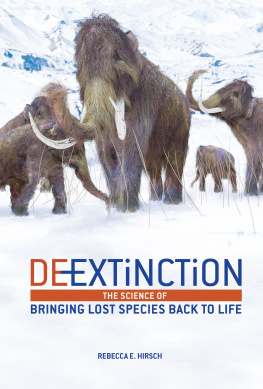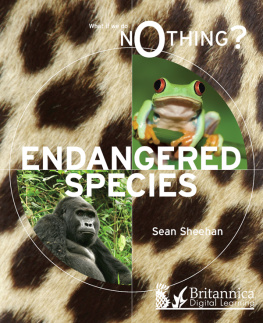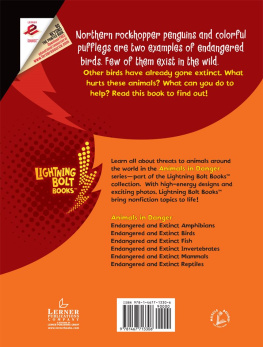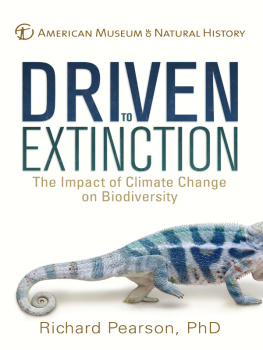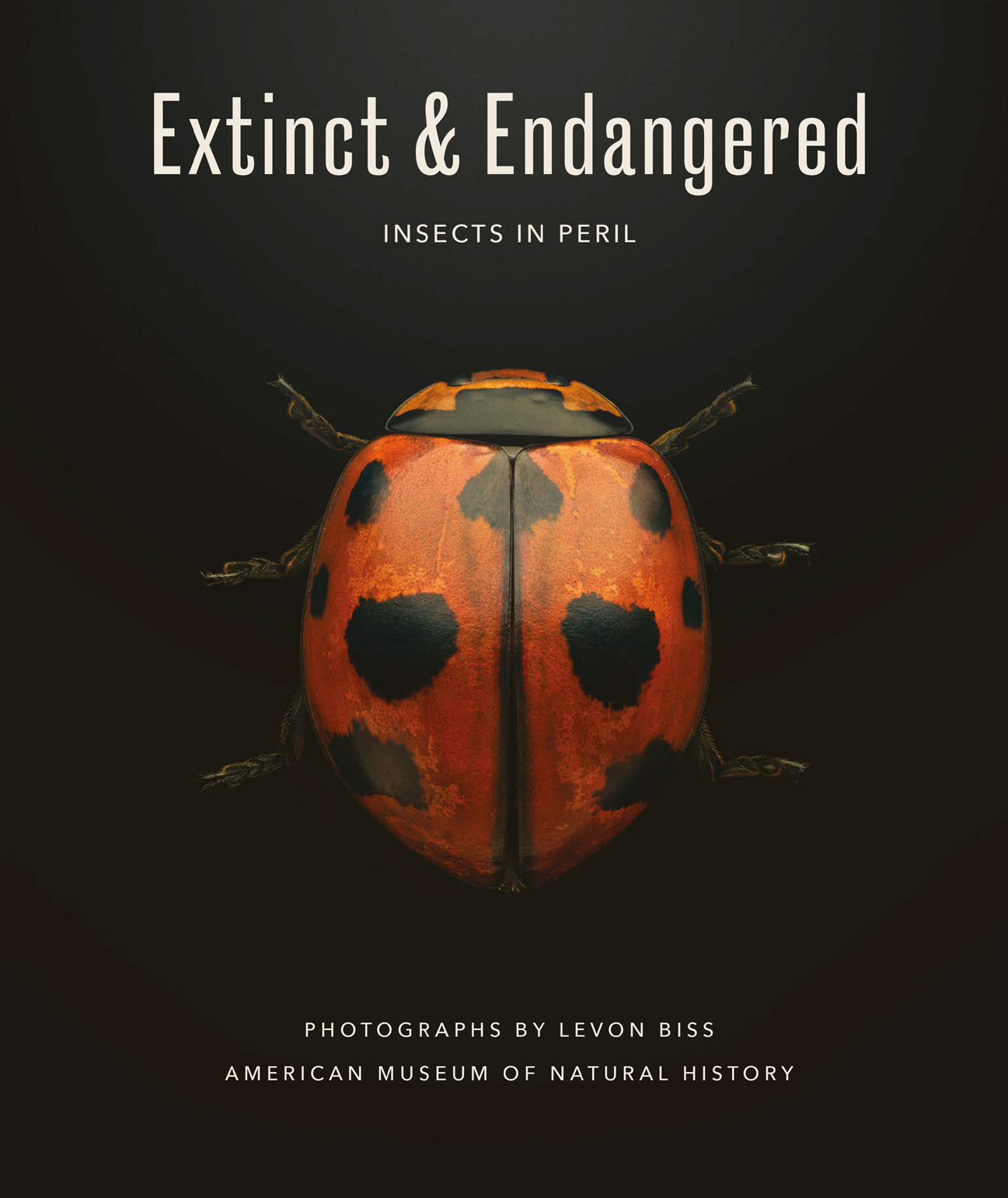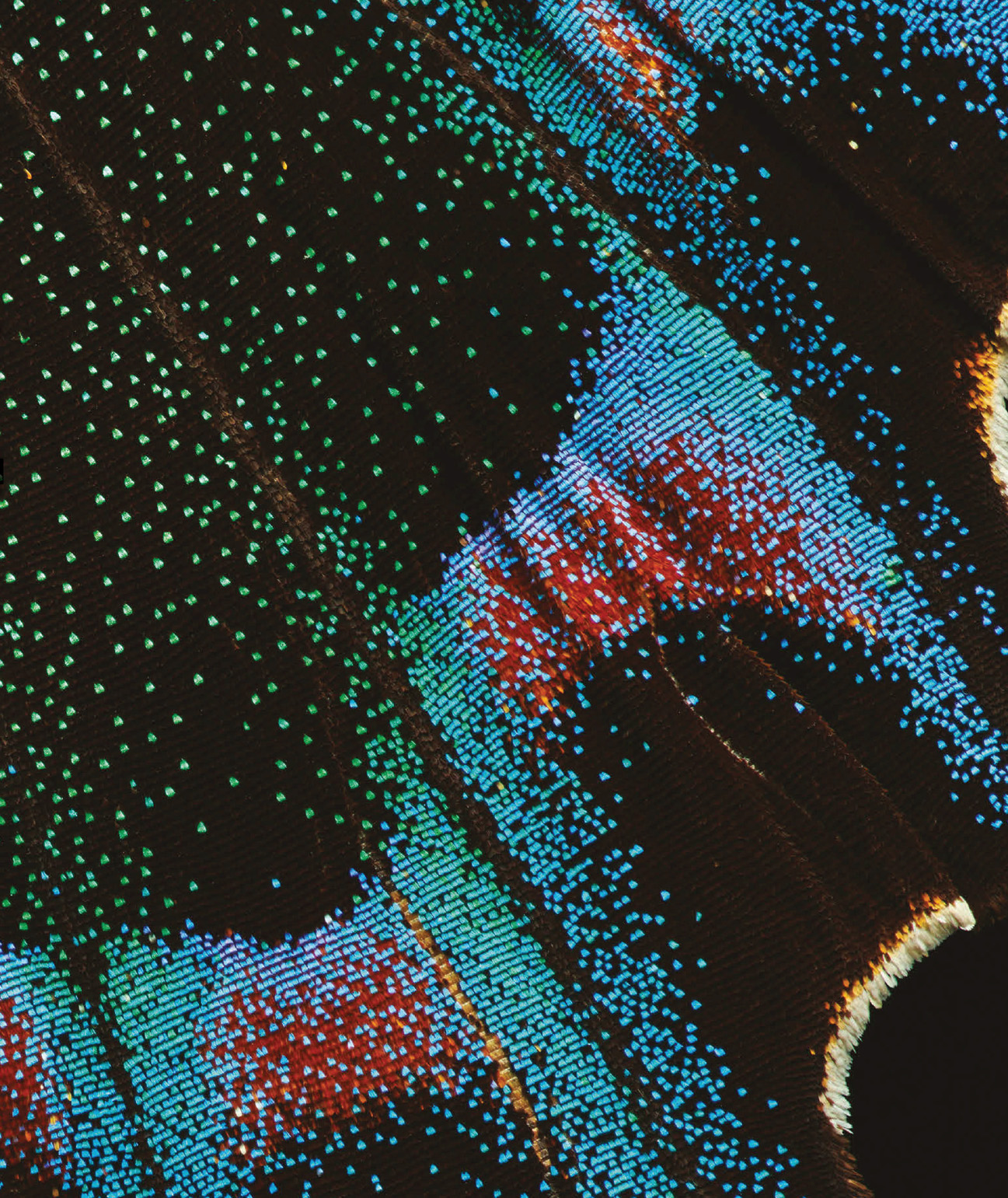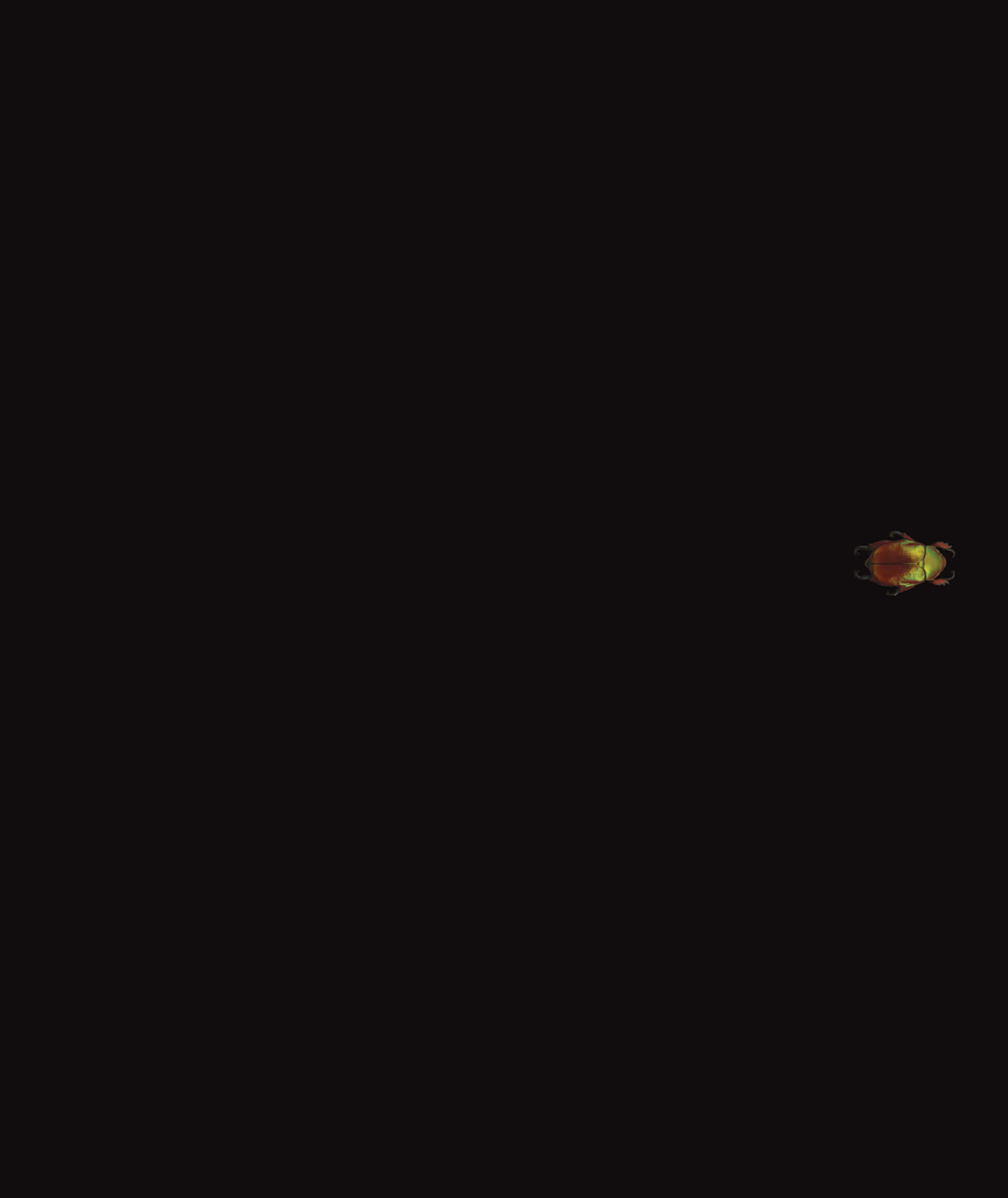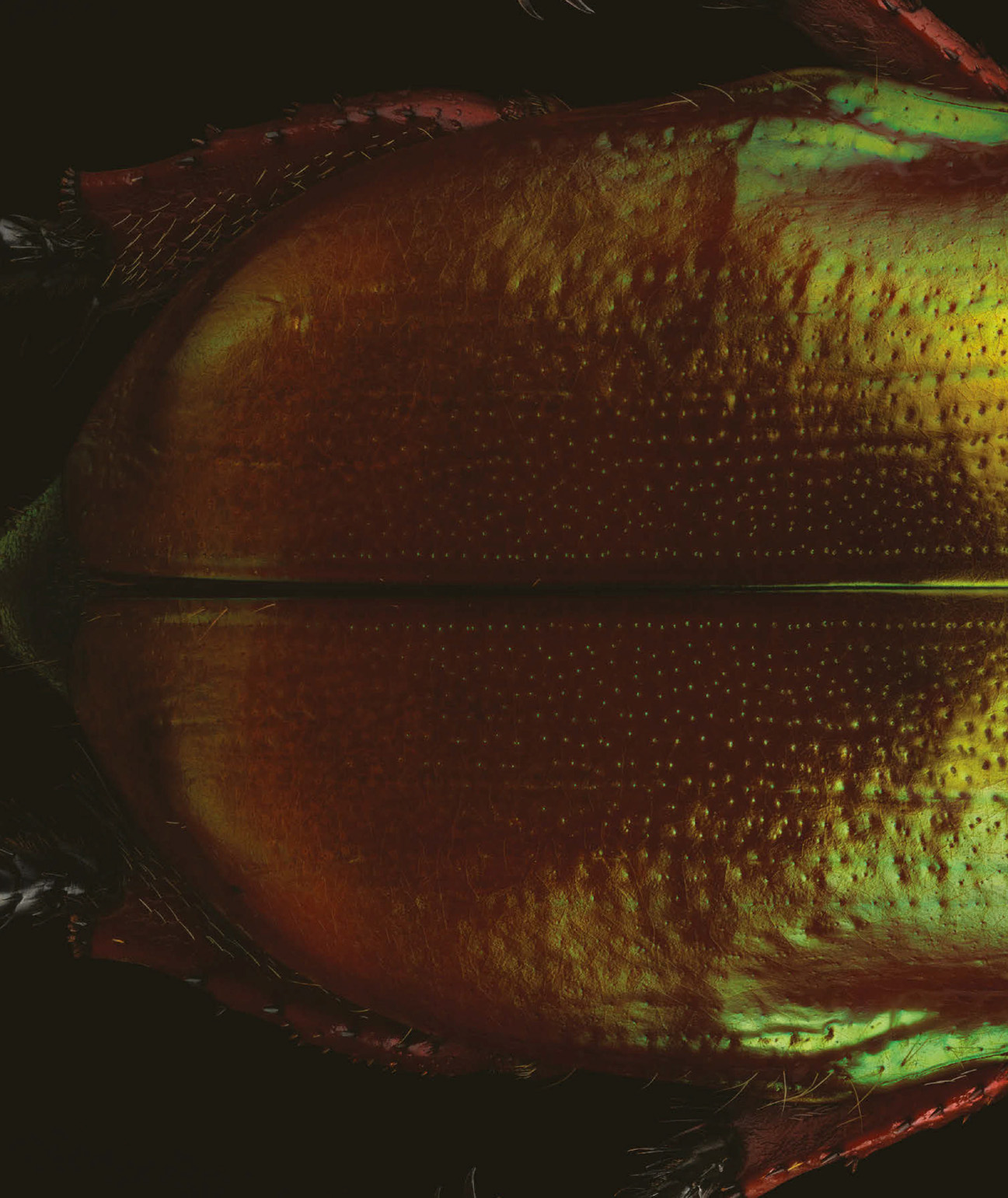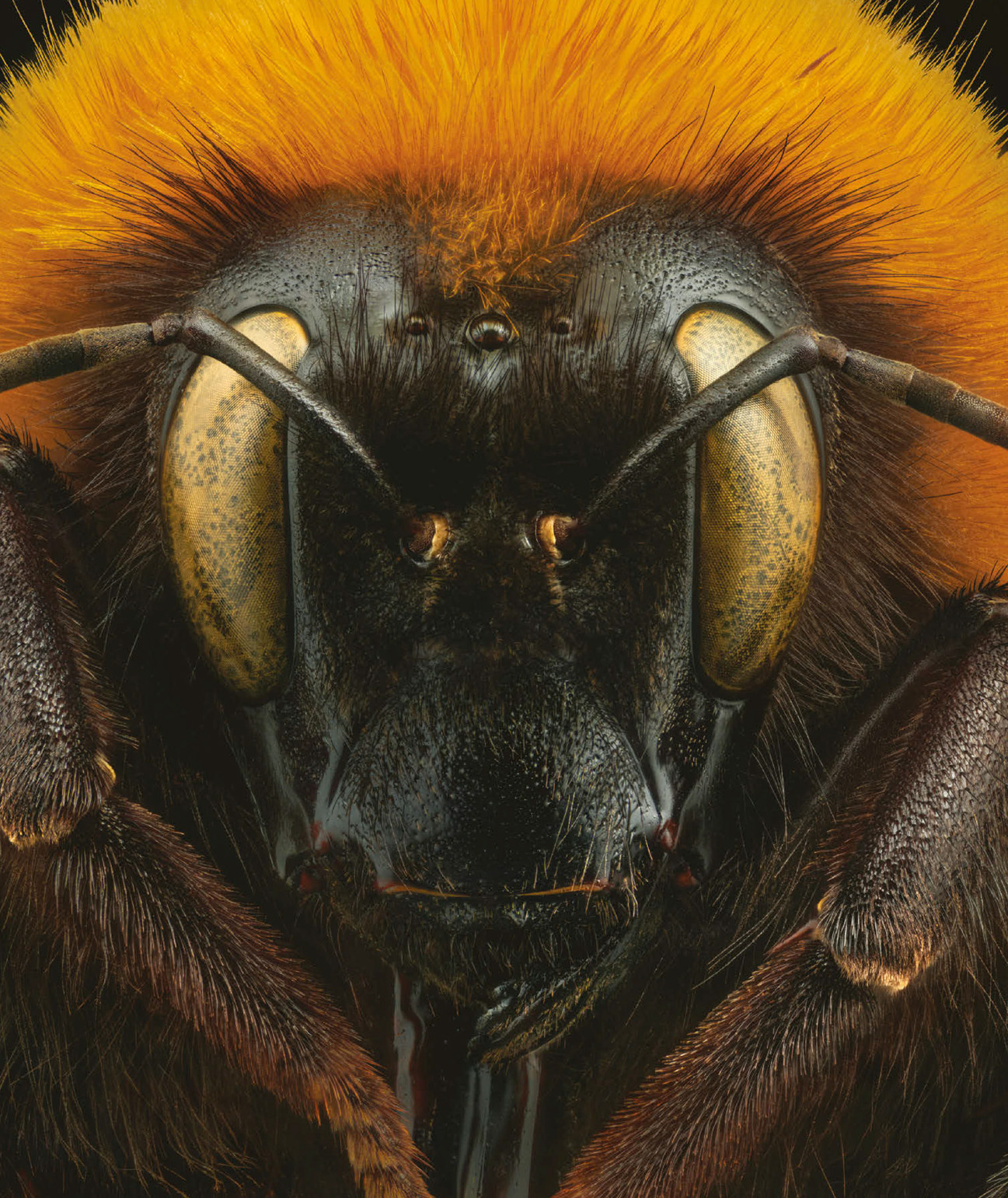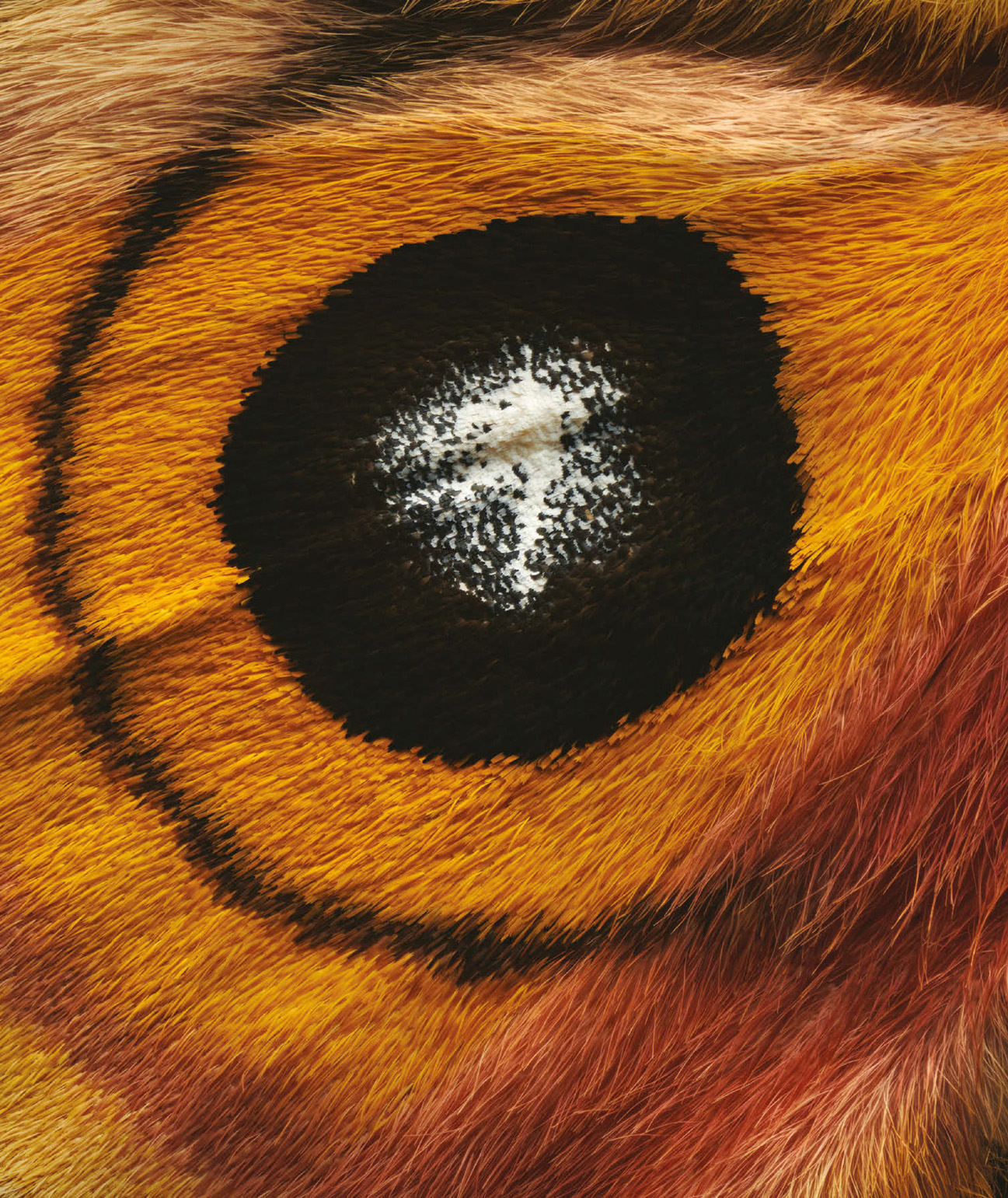American Museum of Natural History - Extinct & Endangered: Insects in Peril
Here you can read online American Museum of Natural History - Extinct & Endangered: Insects in Peril full text of the book (entire story) in english for free. Download pdf and epub, get meaning, cover and reviews about this ebook. year: 2022, publisher: Abrams, genre: Art. Description of the work, (preface) as well as reviews are available. Best literature library LitArk.com created for fans of good reading and offers a wide selection of genres:
Romance novel
Science fiction
Adventure
Detective
Science
History
Home and family
Prose
Art
Politics
Computer
Non-fiction
Religion
Business
Children
Humor
Choose a favorite category and find really read worthwhile books. Enjoy immersion in the world of imagination, feel the emotions of the characters or learn something new for yourself, make an fascinating discovery.

- Book:Extinct & Endangered: Insects in Peril
- Author:
- Publisher:Abrams
- Genre:
- Year:2022
- Rating:5 / 5
- Favourites:Add to favourites
- Your mark:
Extinct & Endangered: Insects in Peril: summary, description and annotation
We offer to read an annotation, description, summary or preface (depends on what the author of the book "Extinct & Endangered: Insects in Peril" wrote himself). If you haven't found the necessary information about the book — write in the comments, we will try to find it.
Insects are at once our most familiar fellow animals and the most mysterious. They appear to be indestructible, but globally, insect species are quietly disappearing in the sixth mass extinction that life on Earth is undergoing today. This joint project of photographer Levon Biss and the American Museum of Natural History contains indelible images of 40 extinct or endangered species in the museums collection, selected from its vast holdings by a team of scientists. They range from imperiled old friends like the monarch butterfly and the nine-spotted ladybug to the remote Lord Howe Island stick insect of Australia, thought to be extinct for most of the 20th century until a tiny population was discovered and bred in captivity in 2001. All were sent to Bisss studio, where he created commanding portraits that can be enlarged 300-times lifesize to reveal vivid full-page details of form and colora world invisible to our naked eyes. The result is a book that insists on the momentous significance of these small, mostly unknown creatures.
American Museum of Natural History: author's other books
Who wrote Extinct & Endangered: Insects in Peril? Find out the surname, the name of the author of the book and a list of all author's works by series.

